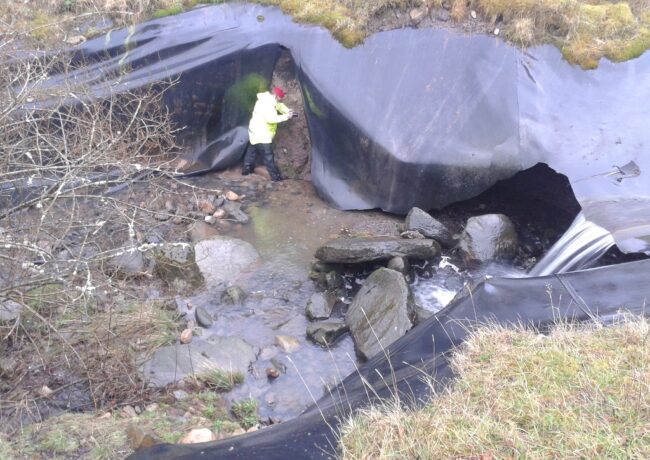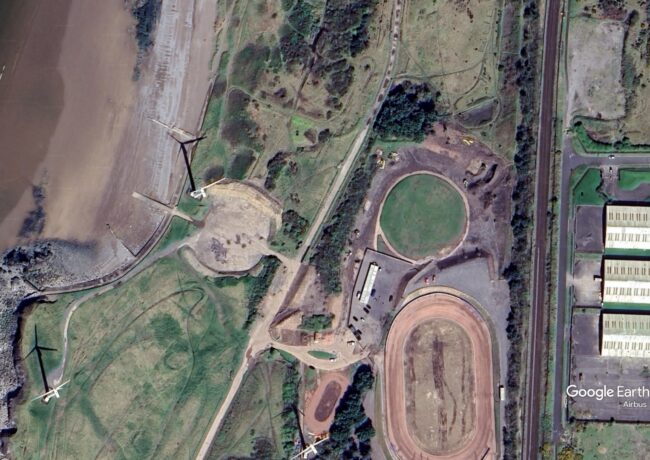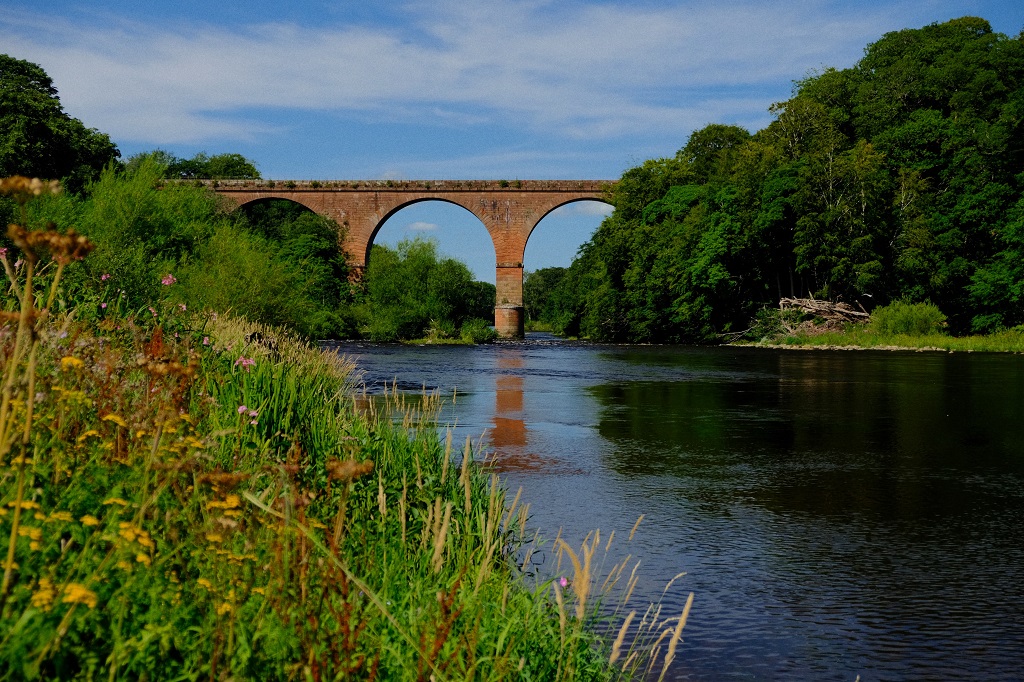Works begins to clear eroding plastic from Cumbria river
The first phase of a £1.5m project which will remove a 1.5-mile plastic liner from a Cumbrian riverbed has started this week.
West Cumbria Rivers Trust and the Environment Agency are working to remove the multi-tonner liner which was installed in the bed of the River Keekle approximately 25 years ago, to protect erosion.
The liner now poses plastic pollution and erosion risks, however once complete, the project will allow the river to function more naturally, improve habitat and biodiversity and improve river access for local people.
The River Keekle is one of the most constrained rivers in Cumbria, and according to the Environment Agency if the issue isn’t resolved it could also impact one of the most important rivers in Europe further downstream, the River Ehen, which is a special site of scientific interest and conservation.
Contractor Open Space is carrying out the works on site on behalf of the Trust.
Luke Bryant, project manager from West Cumbria Rivers Trust, said: “Phase one of the project involves detailed studies, monitoring, project design, community liaison and getting the contractor to remove the plastic from approximately 170m of river as a trial to ensure we are working correctly and effectively, before the second phase of full removal, begins in 2020.
“It’s a huge and complex project with lots of unknowns, such as how far the liner goes into the river bank and what lies underneath, so it needed to be carried out in two phases.
“Once the liner is removed, cobbles/stone/gravel will be placed onto the riverbed in place of the plastic, re-naturalising the river and providing protection from vertical erosion. This will allow the river to function more naturally and improve habitat and biodiversity.”
Oliver Southgate, the Environment Agency’s river restoration programme manager, said he had “never seen this much plastic in a river before, or as degraded.”
“The Upper Keekle is one of the most degraded sections of watercourse in the UK and is classed as a failing river, so by putting the river back to a natural state and directly improving 2.5km of river and opening access to a further 4km, we aim to improve the whole water environment in this area with multiple benefits for people and wildlife.”
Once the plastic has been be taken out of the river, it will be tested and recycled.





How do they know so little about it?
25 years ago isnt that long.
Who put it in there in the first place? They must have records of what they did.
By ?
Sadly, the whole management of as-built records in the construction and allied industries is poor.
On a side-note a great opportunity lost in this article to use the cracking phrase “rip-rap” which refers to stones and suchlike placed around river edges to control erosion.
By pasquire